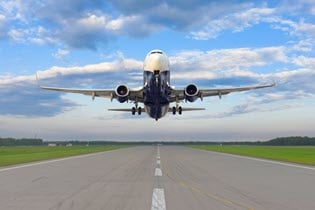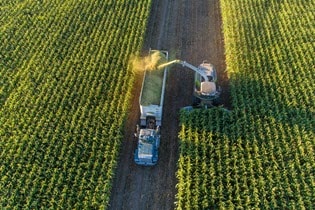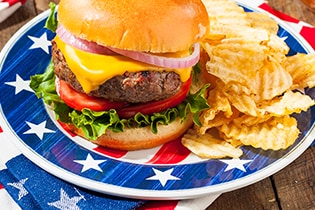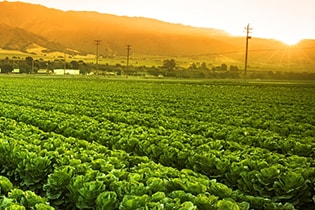You are leaving the Wells Fargo website
You are leaving wellsfargo.com and entering a website that Wells Fargo does not control. Wells Fargo has provided this link for your convenience, but does not endorse and is not responsible for the products, services, content, links, privacy policy, or security policy of this website.

 Sign On
Sign On 



